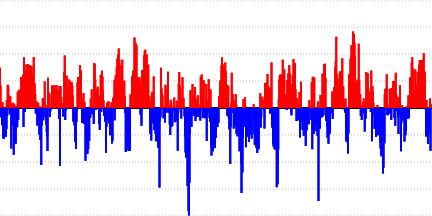Monitoring ENSO
This section contains maps, time series and other analyses useful for monitoring ENSO and identifying the presence of a shift into El Niño or La Niña.
Monitoring of El Niño and La Niña requires observations from both the atmosphere and oceans. These observations are often summarized in terms of various atmospheric and oceanic indices. Some indices are based the absolute departure, or anomaly, from the long-term average of a variable over a region(s). Some of the more common indices in use are found within this section.
There are several regions of the tropical Pacific Ocean that have been highlighted as being important for monitoring and identifying a developing El Niño or La Niña. Referred to as NINO regions, the most common are shown in the figure below:

- NINO1+2 (0-10S, 80-90W). The region that typically warms first when an El Niño event develops.
- NINO3 (5S-5N; 150W-90W). The region of the tropical Pacific that has the largest variability in sea-surface temperature on El Niño time scales.
- NINO3.4 (5S-5N; 170W-120W). The region that has large variability on El Niño time scales, and that is closer (than NINO3) to the region where changes in local sea-surface temperature are important for shifting the large region of rainfall typically located in the far western Pacific.
- NINO4 (5S-5N: 160E-150W). The region where changes of sea-surface temperature lead to total values around 27.5C, which is thought to be an important threshold in producing rainfall













































